Home>Maintenance & Safety>Child & Elderly Safety at Home>What Are The Requirements For A Booster Seat In California?


Child & Elderly Safety at Home
What Are The Requirements For A Booster Seat In California?
Modified: February 29, 2024
In California, learn the legal requirements for booster seats to ensure child and elderly safety at home. Find out the guidelines and regulations here.
(Many of the links in this article redirect to a specific reviewed product. Your purchase of these products through affiliate links helps to generate commission for Storables.com, at no extra cost. Learn more)
Introduction
Ensuring the safety of children while traveling in vehicles is a top priority for parents and caregivers. In California, strict regulations are in place to protect young passengers, particularly when it comes to the use of booster seats. Understanding the requirements for booster seats in California is crucial for anyone responsible for transporting children in motor vehicles. This comprehensive guide will delve into the specific regulations, types of booster seats available, age and height requirements, installation and usage guidelines, as well as the potential penalties for non-compliance. By familiarizing ourselves with these essential details, we can take proactive steps to safeguard the well-being of our young passengers and ensure compliance with California's booster seat laws.
Key Takeaways:
- Children under 8 in California must use booster seats unless they’re 4’9″ tall. It’s crucial to follow these rules to keep kids safe and avoid penalties.
- Choosing the right booster seat and using it correctly is essential for child safety. It’s important to follow the guidelines and prioritize the well-being of young passengers.
Read more: What Are The Requirements For A Booster Seat
California Booster Seat Requirements
In California, the law mandates the use of booster seats for children who have outgrown their forward-facing car seats. The primary objective is to provide additional protection and ensure that the vehicle's seat belt fits the child properly. This is crucial for minimizing the risk of injury in the event of a collision or sudden stop.
The California Vehicle Code specifies that children under the age of 8 must be secured in a car seat or booster seat in the back seat of the vehicle. However, there is an exception if the child is at least 4 feet 9 inches tall, allowing them to use a seat belt without a booster seat. This provision emphasizes the importance of ensuring that the seat belt fits the child correctly, with the lap belt snugly across the upper thighs and the shoulder belt crossing the chest and shoulders.
Furthermore, California law requires that the booster seat be used in accordance with the manufacturer's height and weight specifications. It is essential to select a booster seat that is appropriate for the child's age, height, and weight, as this will directly impact its effectiveness in providing adequate protection.
Additionally, the booster seat must meet federal motor vehicle safety standards. This ensures that the seat has been rigorously tested for crashworthiness and is designed to offer optimal protection in the event of a collision.
Understanding and adhering to these booster seat requirements is crucial for ensuring the safety of young passengers in California. By complying with these regulations, caregivers can significantly reduce the risk of injury to children while traveling in motor vehicles.
This section provides a comprehensive overview of the specific requirements for booster seats in California, emphasizing the importance of compliance with state laws to safeguard the well-being of young passengers.
Types of Booster Seats
When it comes to selecting a booster seat for a child, caregivers have several options to consider. Understanding the different types of booster seats available is essential for making an informed decision that prioritizes the safety and comfort of young passengers.
-
Backless Booster Seats: These booster seats are designed to elevate the child, allowing the vehicle's seat belt to fit properly. Backless booster seats are lightweight and easy to move between vehicles, making them a convenient choice for families with multiple cars or caregivers.
-
High-Back Booster Seats: High-back booster seats provide not only elevation for the child but also additional support for the head and neck. This design is particularly beneficial for vehicles with low seat backs or for children who may benefit from the extra support provided by the high backrest.
-
Combination Booster Seats: Also known as harness-to-booster seats, these versatile options can transition from a forward-facing harness seat to a high-back booster seat as the child grows. This adaptability makes them a cost-effective choice for caregivers looking for a long-term solution.
-
All-in-One Car Seats: These multi-stage car seats can accommodate infants, toddlers, and older children, often transitioning from rear-facing to forward-facing to booster seat mode. All-in-one car seats offer the convenience of extended use, eliminating the need to purchase multiple seats as the child grows.
-
Convertible Booster Seats: Convertible booster seats can be used in both forward-facing harness mode and high-back booster mode, providing flexibility for caregivers and accommodating children at different stages of development.
When selecting a booster seat, it is crucial to consider the child's age, height, and weight, as well as the specific requirements outlined by the booster seat manufacturer. Additionally, caregivers should ensure that the chosen booster seat complies with federal motor vehicle safety standards to guarantee its effectiveness in providing protection during travel.
By understanding the various types of booster seats available and their respective features, caregivers can make an informed decision that aligns with the safety needs of the child and the requirements set forth by California law. Prioritizing the selection of an appropriate booster seat is a proactive step toward enhancing the safety and well-being of young passengers during vehicle travel.
Age and Height Requirements
In California, specific age and height requirements govern the use of booster seats for young passengers. Understanding these criteria is essential for ensuring the proper protection of children while traveling in motor vehicles.
The law in California stipulates that children under the age of 8 must be secured in a car seat or booster seat in the back seat of the vehicle. This regulation underscores the importance of providing additional protection for young passengers who have outgrown their forward-facing car seats but are not yet ready to use the vehicle's seat belt alone. The use of booster seats is instrumental in ensuring that the seat belt fits the child correctly, thereby minimizing the risk of injury in the event of a collision or sudden stop.
Furthermore, California law includes a provision that allows children who are at least 4 feet 9 inches tall to use a seat belt without a booster seat. This height requirement serves as a crucial indicator of when a child can transition from a booster seat to using the vehicle's seat belt alone. It is important to note that this provision is designed to ensure that the seat belt fits the child properly, with the lap belt snugly positioned across the upper thighs and the shoulder belt crossing the chest and shoulders. By meeting these criteria, children can safely transition to using the vehicle's seat belt without the need for a booster seat.
Additionally, the age and height requirements for booster seats in California emphasize the need to select a booster seat that aligns with the child's developmental stage. Caregivers should consider the child's height and weight when determining the most suitable booster seat, ensuring that it meets the manufacturer's specifications for optimal protection and safety.
By adhering to the age and height requirements outlined in California law, caregivers can take proactive measures to safeguard young passengers during vehicle travel. These requirements serve as fundamental guidelines for ensuring that children are appropriately secured and protected, thereby reducing the risk of injury and enhancing overall safety while on the road.
Installation and Usage Guidelines
Proper installation and usage of booster seats are paramount to ensuring the safety and protection of young passengers during vehicle travel. Caregivers must adhere to specific guidelines to maximize the effectiveness of booster seats and minimize the risk of injury in the event of a collision or sudden stop.
Installation Process
When installing a booster seat, caregivers should carefully follow the manufacturer's instructions provided in the seat's manual. It is crucial to utilize the vehicle's seat belt system correctly to secure the booster seat in place. This typically involves threading the seat belt through designated pathways on the booster seat and ensuring a snug fit without any twists or slack.
Additionally, caregivers should verify that the booster seat is positioned securely against the vehicle's seat back, with minimal to no movement or instability. This stability is essential for maintaining the proper positioning of the child and the effectiveness of the seat belt in the event of a sudden impact.
Usage Guidelines
Once the booster seat is securely installed, caregivers must ensure that the child is correctly positioned within the seat. The lap belt should rest snugly across the child's upper thighs, avoiding contact with the stomach, while the shoulder belt should cross the chest and shoulders without cutting into the neck or face. It is imperative to adjust the seat belt to fit the child's proportions accurately, maximizing its protective capabilities.
Caregivers should also emphasize the importance of proper behavior while using the booster seat. This includes sitting upright, facing forward, and refraining from leaning out of position or engaging in distracting activities that could compromise safety. By instilling these usage guidelines, caregivers can reinforce the importance of maintaining a secure and protected seating position while in the vehicle.
Regular Inspections
Regular inspections of the booster seat and its components are essential to ensure ongoing safety and effectiveness. Caregivers should routinely check the seat's stability, the condition of the seat belt, and any signs of wear or damage. Additionally, verifying that the booster seat continues to meet the child's height and weight requirements is crucial for maintaining optimal protection.
By adhering to these installation and usage guidelines, caregivers can proactively enhance the safety of young passengers during vehicle travel. These proactive measures contribute to creating a secure and protected environment, minimizing the risk of injury and prioritizing the well-being of children while on the road.
When using a booster seat in California, make sure the child is at least 8 years old or 4’9″ tall, and fits properly in the seat belt. Always follow the manufacturer’s guidelines for the specific booster seat.
Penalties for Non-Compliance
Failure to comply with the booster seat requirements in California can result in significant penalties and consequences. Caregivers and drivers who neglect to adhere to the state's regulations regarding the use of booster seats for young passengers may face legal repercussions and fines. It is essential to understand the potential penalties associated with non-compliance to underscore the importance of prioritizing child safety while traveling in motor vehicles.
In California, the penalties for non-compliance with booster seat laws can vary depending on the specific circumstances and the number of violations. Caregivers and drivers who fail to secure children under the age of 8 in a car seat or booster seat, as mandated by state law, may be subject to fines and citations. These penalties serve as a deterrent to encourage compliance with booster seat regulations and emphasize the critical role of prioritizing child safety while on the road.
Additionally, repeated violations of booster seat laws can lead to escalating penalties and potential legal consequences. Caregivers and drivers who persistently disregard the requirements for securing young passengers in appropriate car seats or booster seats may face increased fines and potential legal action. These penalties underscore the significance of consistently adhering to booster seat regulations to ensure the ongoing safety and protection of children during vehicle travel.
Furthermore, non-compliance with booster seat laws in California can also impact the driver's record and insurance premiums. Citations and violations related to failing to use booster seats for young passengers may result in points on the driver's record, potentially leading to increased insurance costs and long-term repercussions. This serves as a compelling incentive for caregivers and drivers to prioritize compliance with booster seat regulations to avoid adverse effects on their driving record and insurance status.
By understanding the potential penalties for non-compliance with booster seat laws, caregivers and drivers can recognize the gravity of prioritizing child safety while traveling in motor vehicles. Proactively adhering to the state's regulations and ensuring the proper use of booster seats for young passengers is essential for mitigating the risk of legal consequences, safeguarding children, and promoting a culture of safety and responsibility on the road.
Conclusion
In conclusion, the requirements for booster seats in California are designed to prioritize the safety and protection of young passengers while traveling in motor vehicles. By understanding and adhering to the specific regulations, caregivers and drivers can take proactive measures to minimize the risk of injury and ensure the well-being of children on the road.
The stringent guidelines outlined in the California Vehicle Code underscore the importance of using booster seats for children under the age of 8, emphasizing the need for additional protection beyond traditional car seats. This proactive approach aligns with the overarching goal of reducing the incidence of injuries and fatalities among young passengers involved in vehicular accidents.
Furthermore, the age and height requirements for booster seats serve as fundamental indicators of when children can transition to using the vehicle's seat belt alone. By following these criteria, caregivers can ensure that children are appropriately secured and protected, promoting a safe and secure environment during travel.
The diverse range of booster seat options, including backless, high-back, combination, all-in-one, and convertible seats, provides caregivers with the flexibility to select a seat that best suits the child's developmental stage and safety needs. This variety empowers caregivers to make informed decisions that prioritize the comfort and protection of young passengers.
Proper installation and usage of booster seats are pivotal in maximizing their effectiveness and ensuring the safety of children. By meticulously following the manufacturer's instructions and emphasizing correct seating posture and behavior, caregivers can create a secure and protected environment for young passengers during vehicle travel.
Understanding the potential penalties for non-compliance with booster seat laws underscores the gravity of prioritizing child safety. By adhering to the regulations, caregivers and drivers can mitigate the risk of legal consequences, safeguard children, and promote a culture of safety and responsibility on the road.
In essence, the requirements for booster seats in California are not merely legal obligations but essential measures to safeguard the most vulnerable passengers. By embracing these regulations and prioritizing the safety of young passengers, caregivers and drivers play a pivotal role in creating a secure and protected environment, ultimately contributing to the well-being of children on the road.
Frequently Asked Questions about What Are The Requirements For A Booster Seat In California?
Was this page helpful?
At Storables.com, we guarantee accurate and reliable information. Our content, validated by Expert Board Contributors, is crafted following stringent Editorial Policies. We're committed to providing you with well-researched, expert-backed insights for all your informational needs.
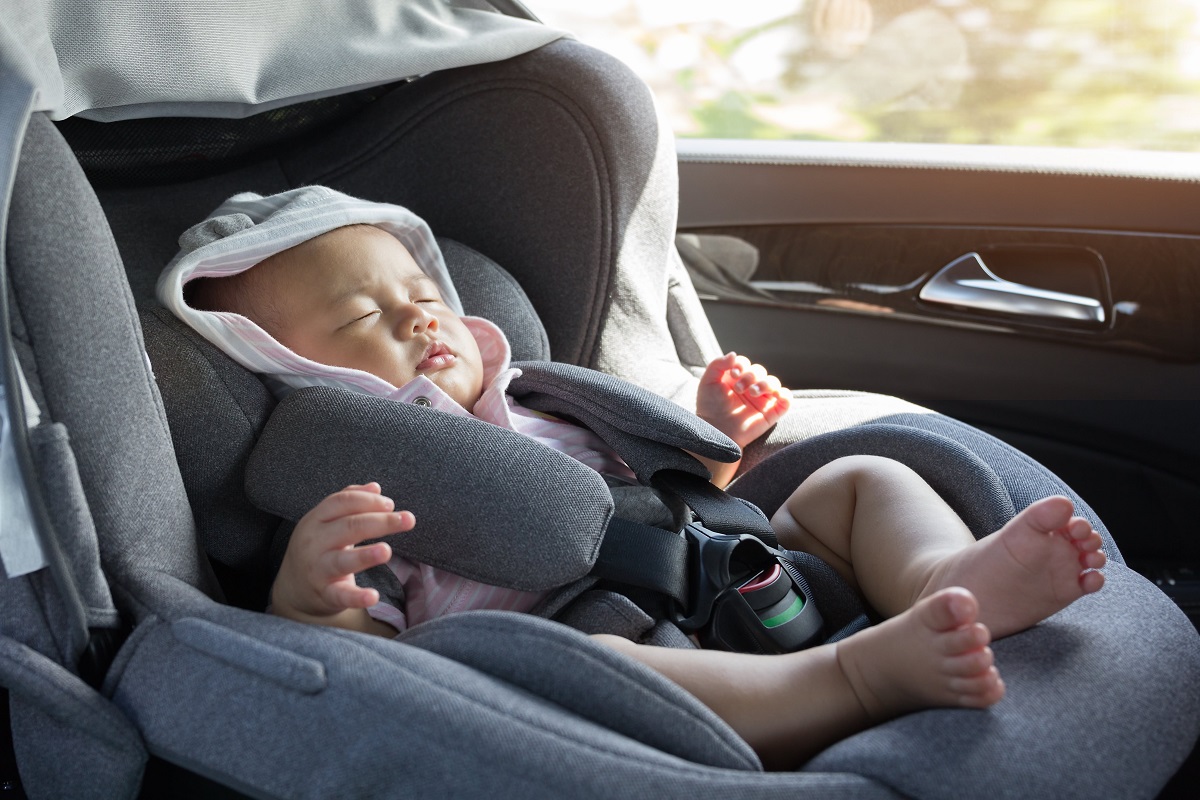
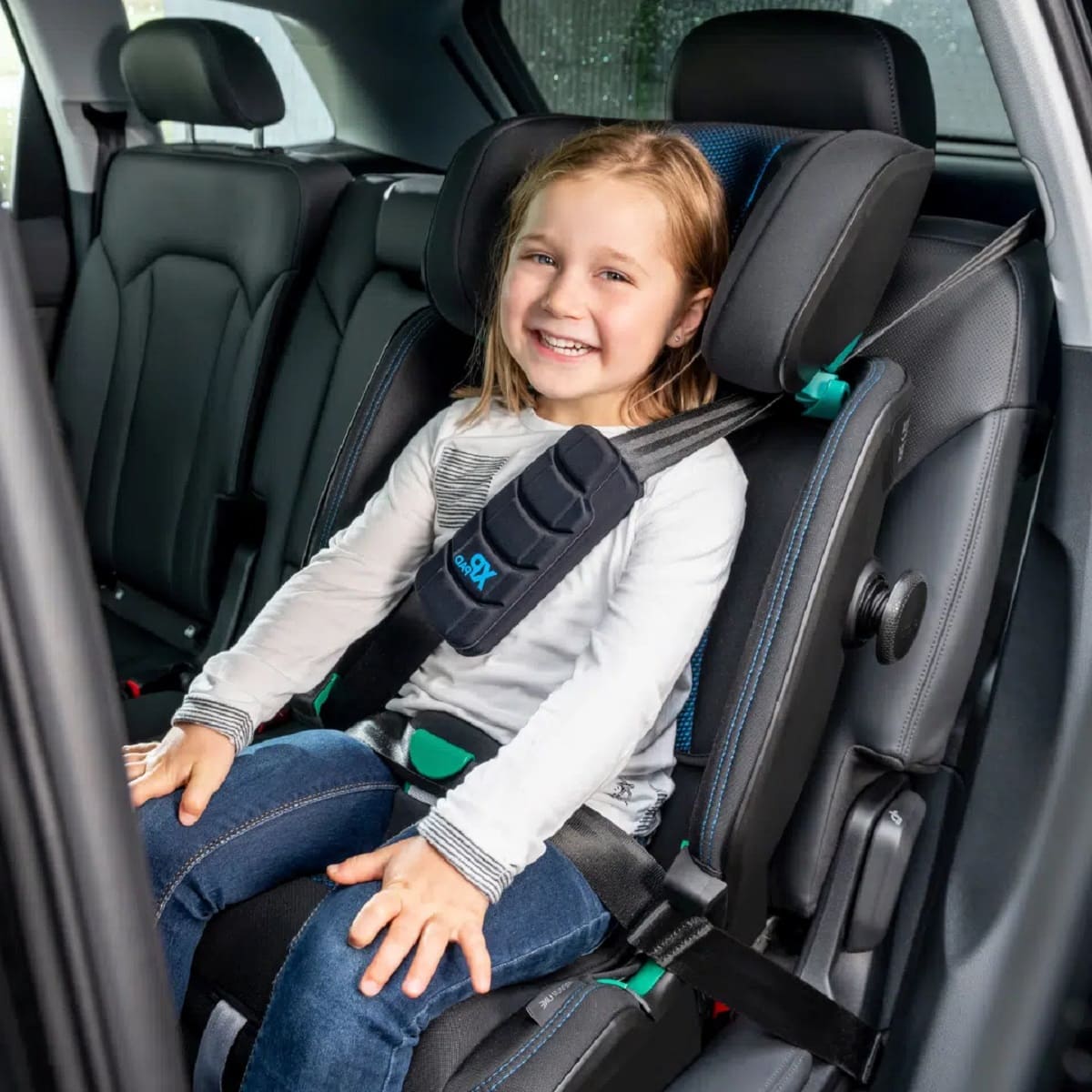
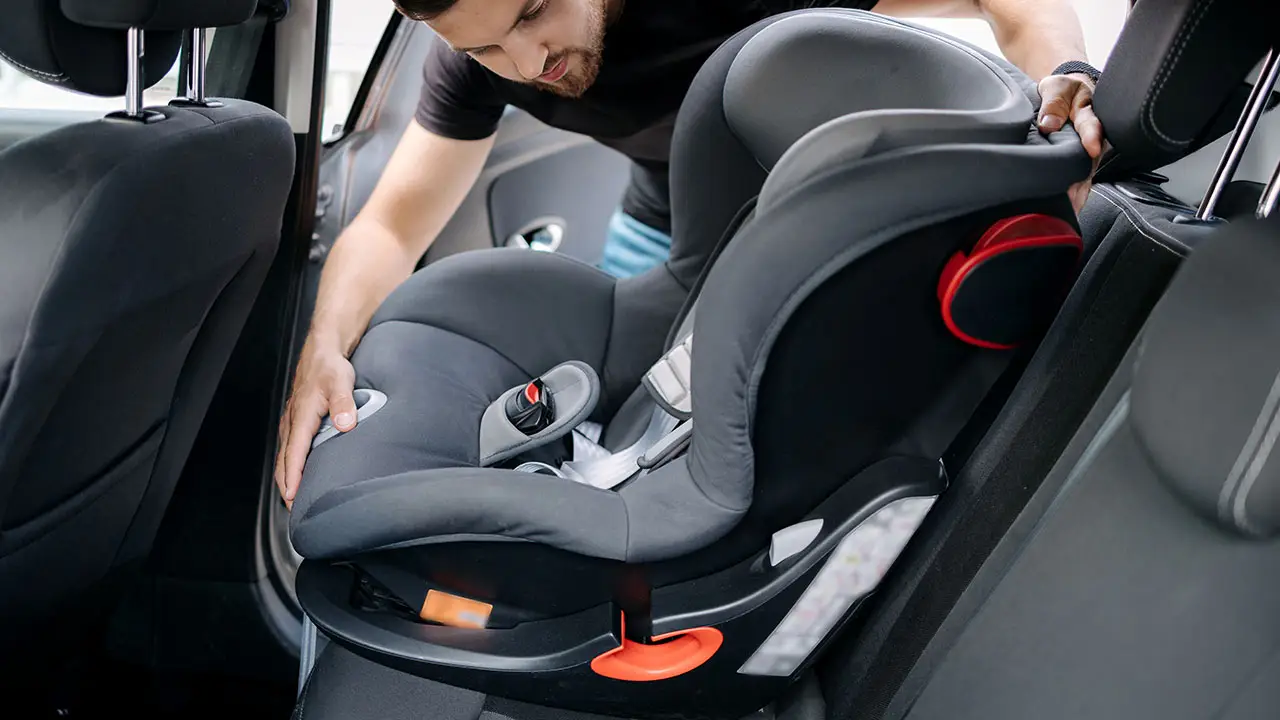
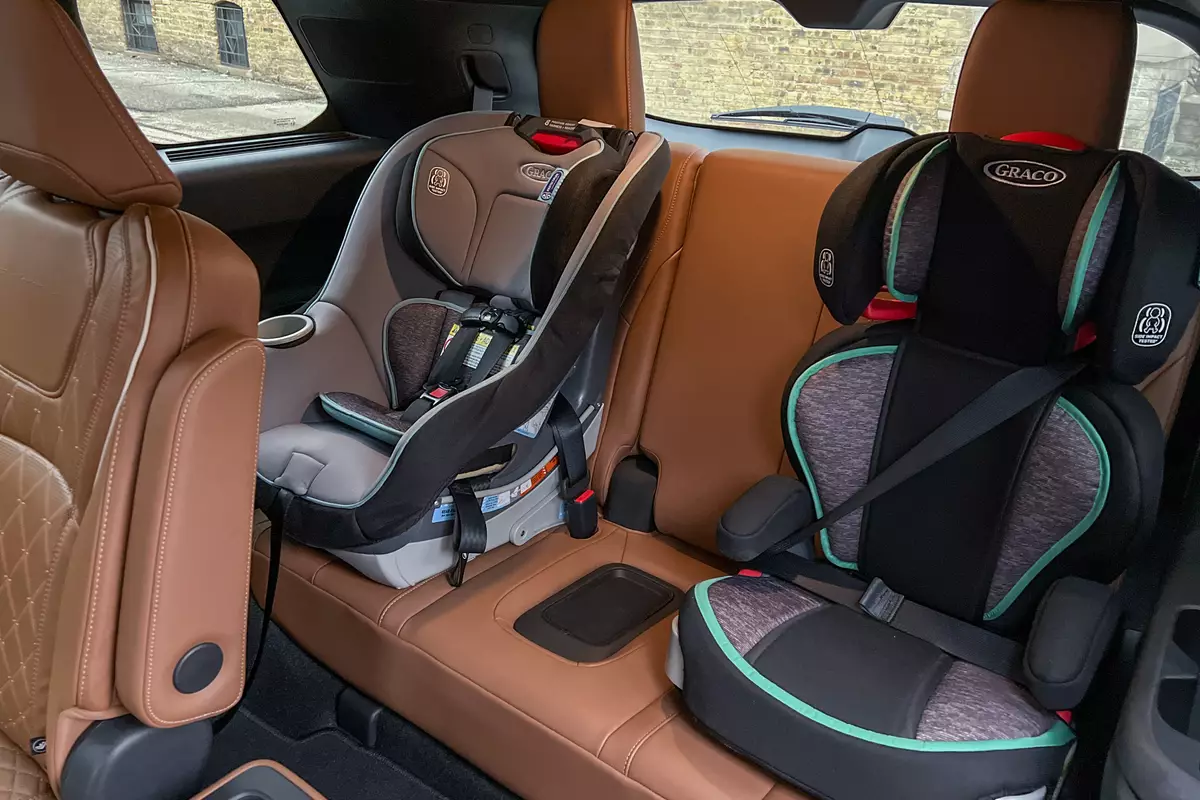
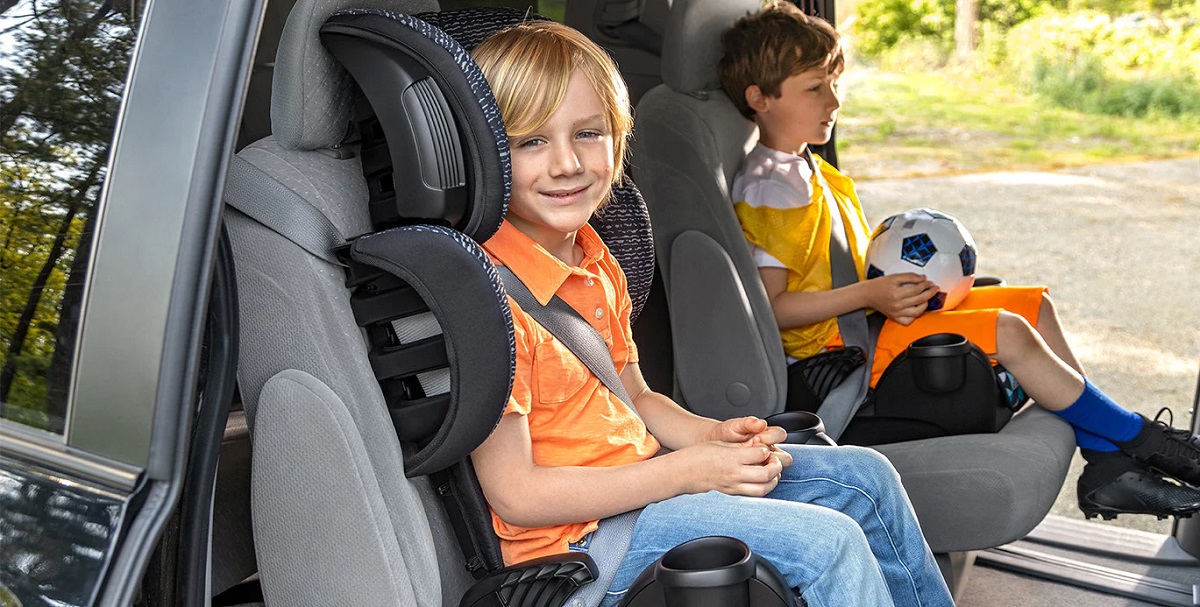
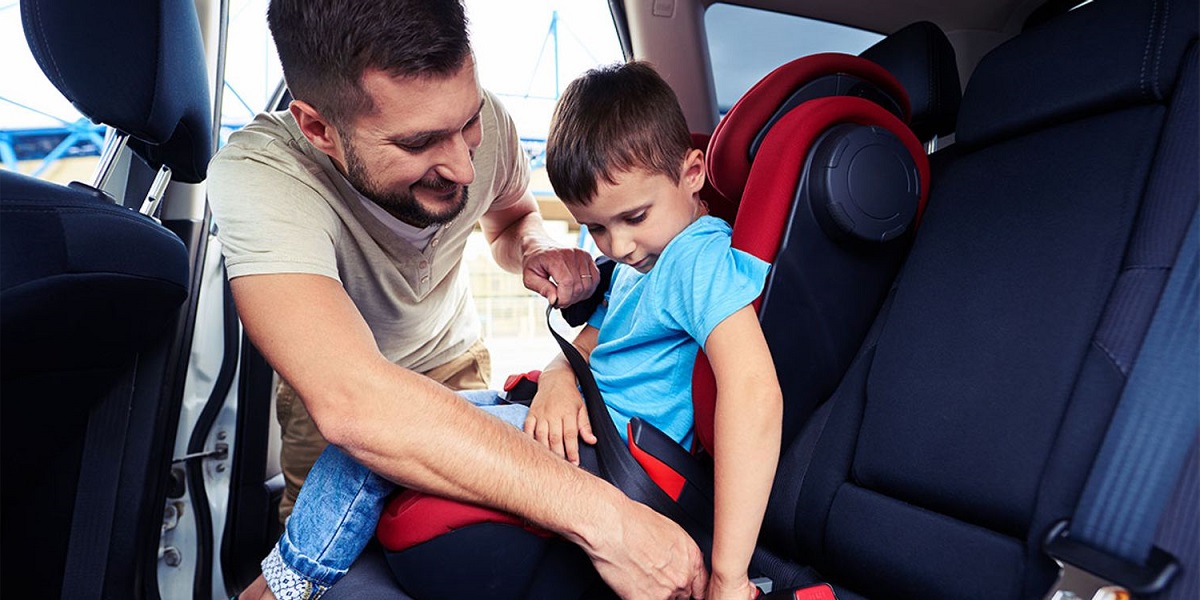
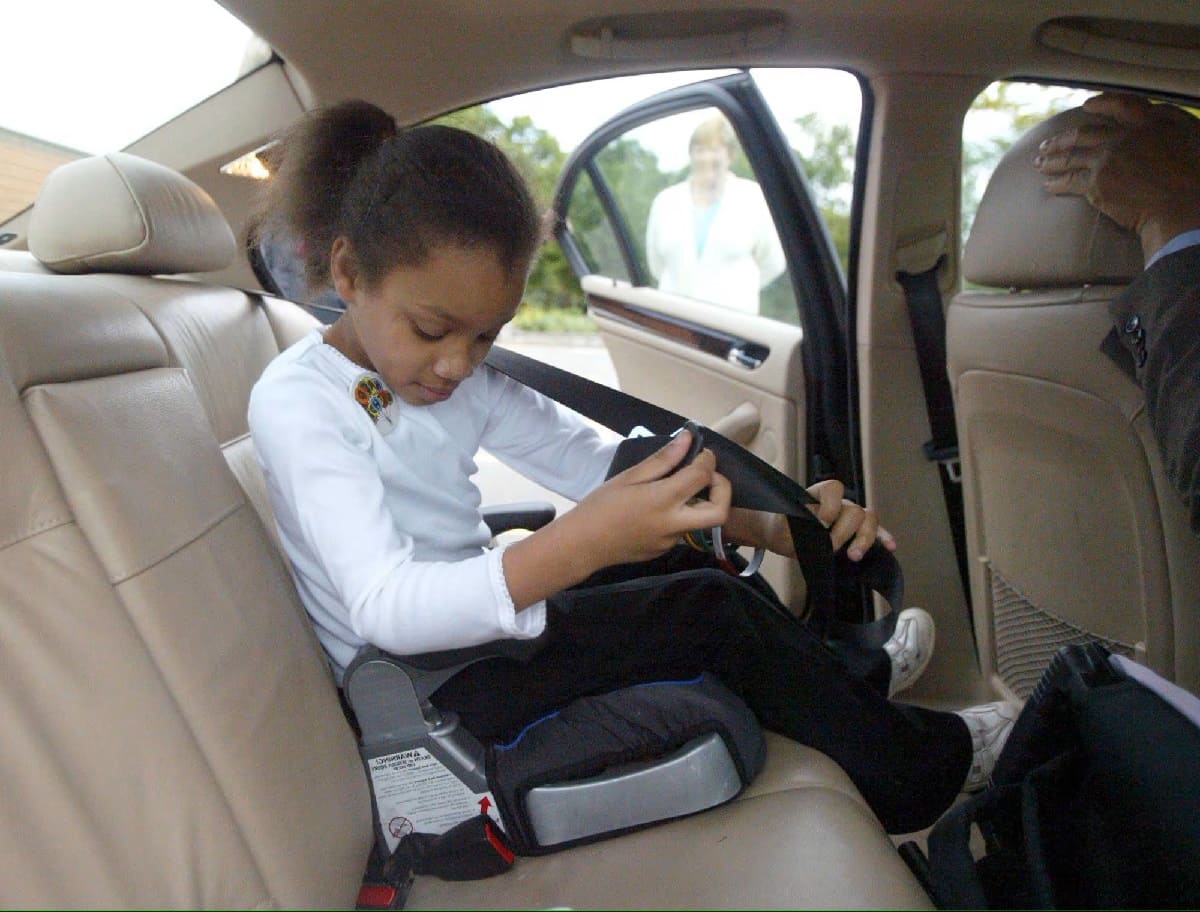
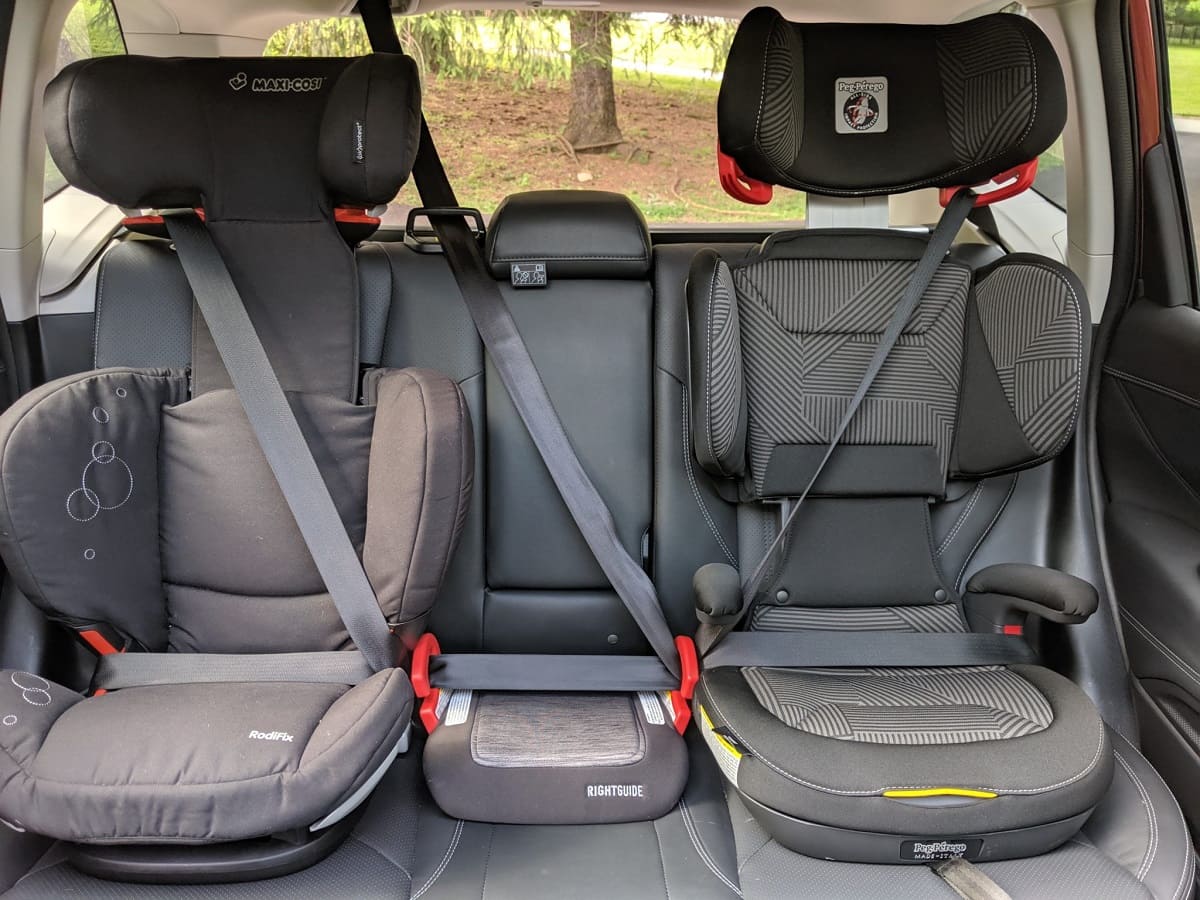
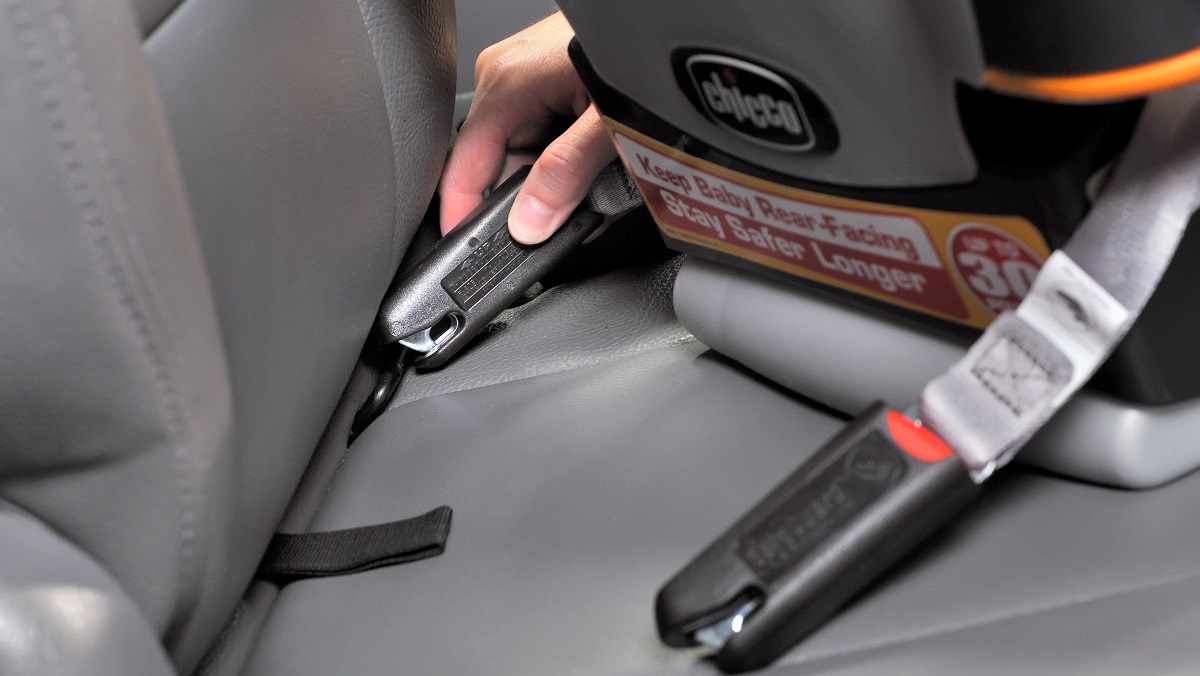
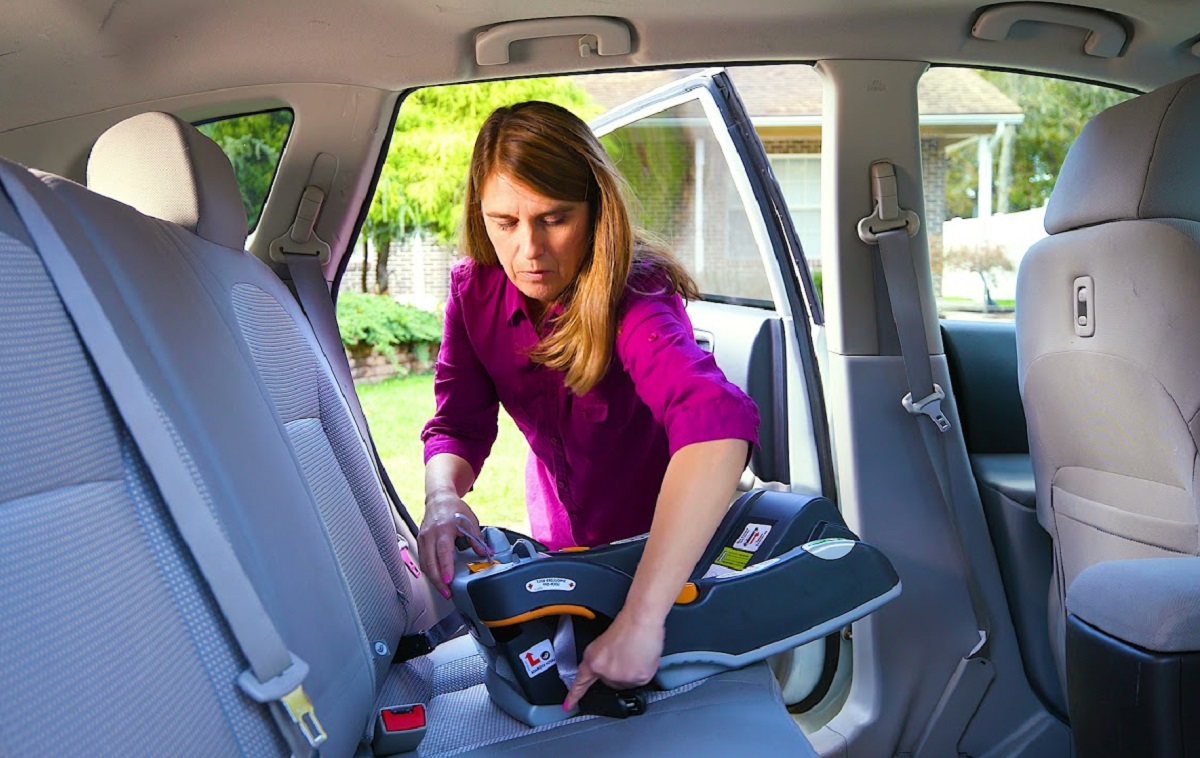
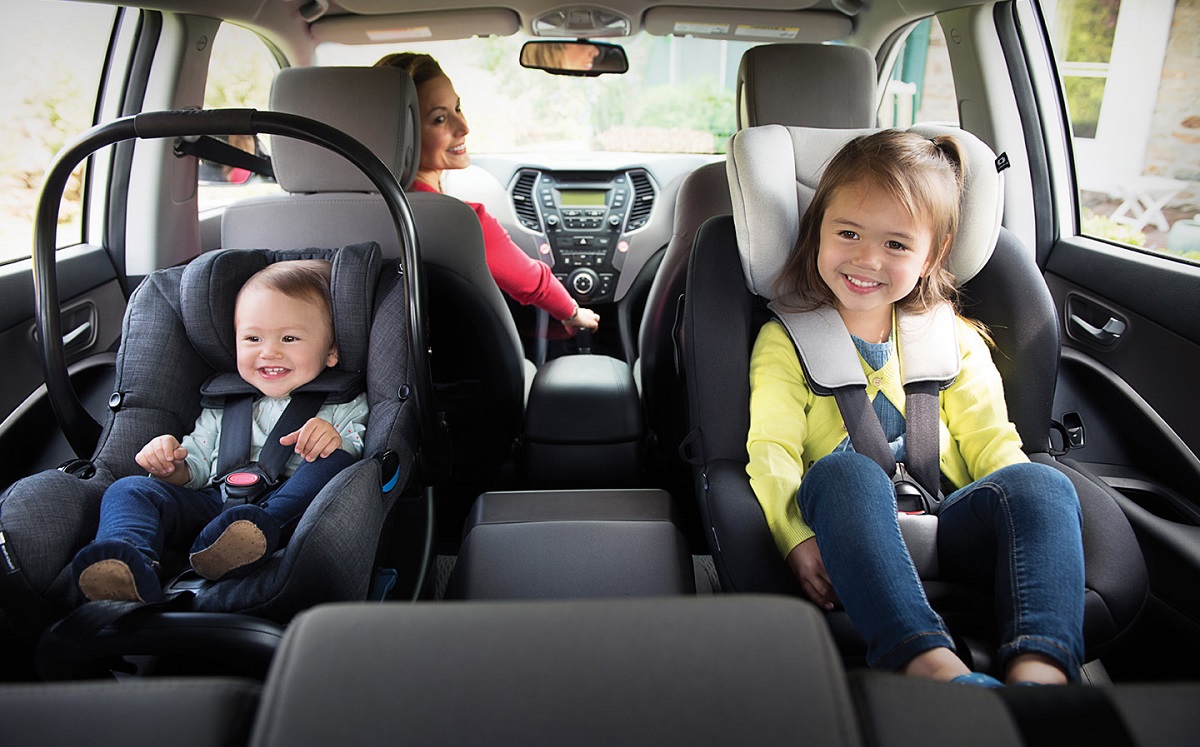
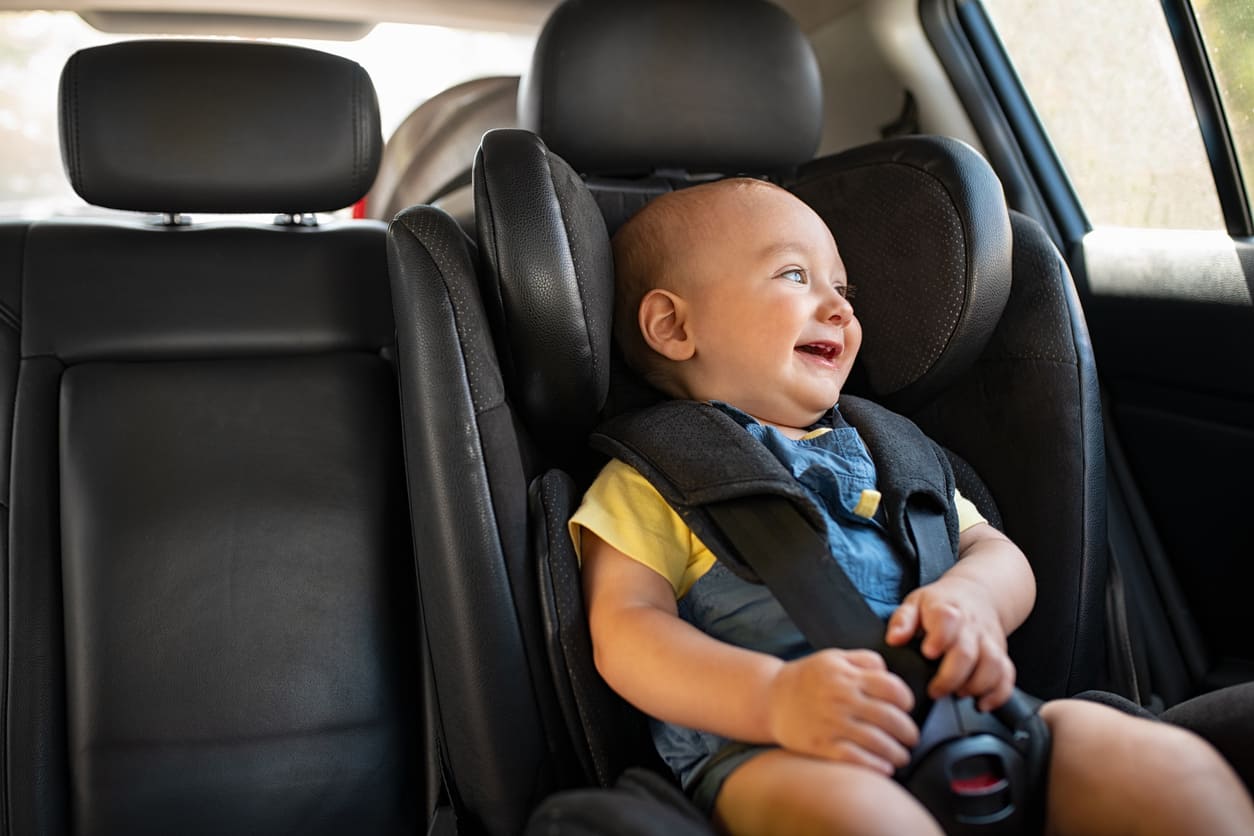
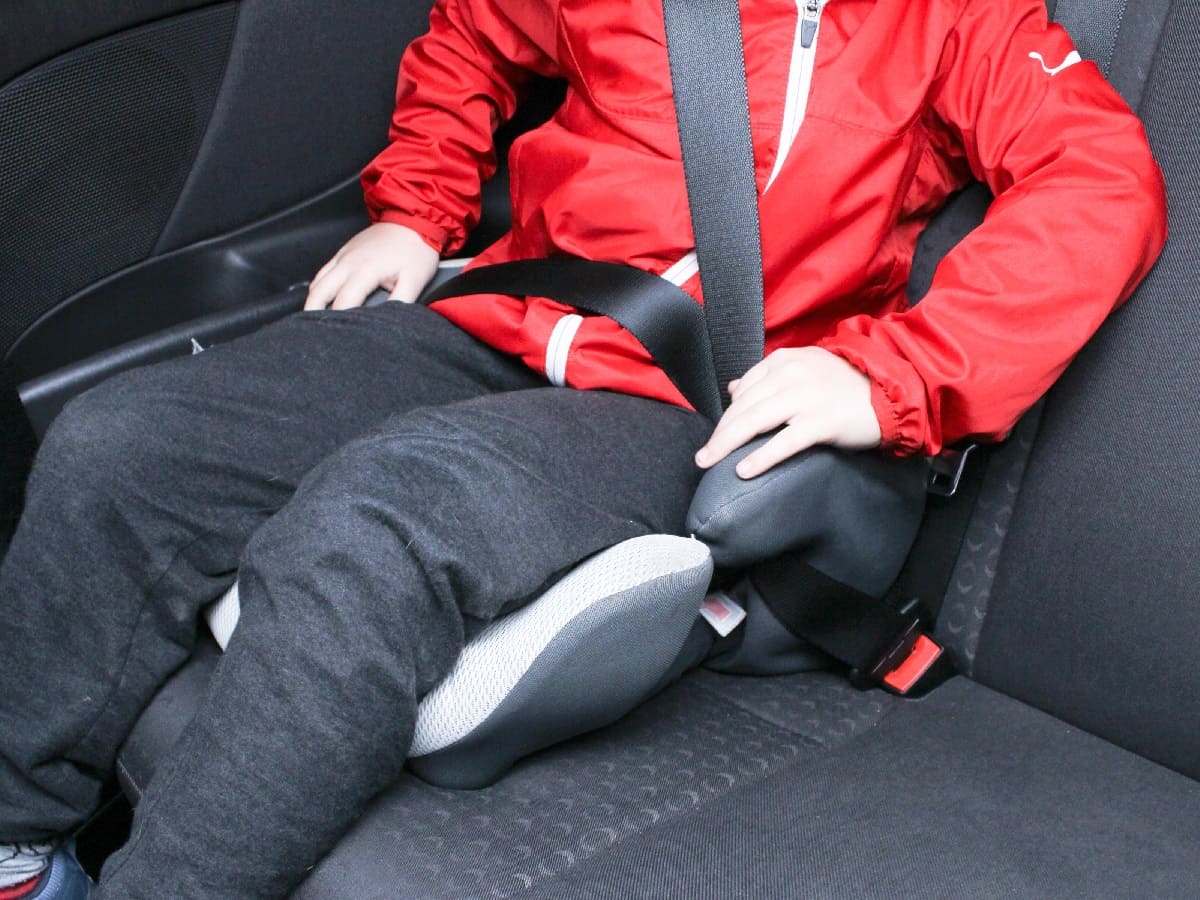

0 thoughts on “What Are The Requirements For A Booster Seat In California?”